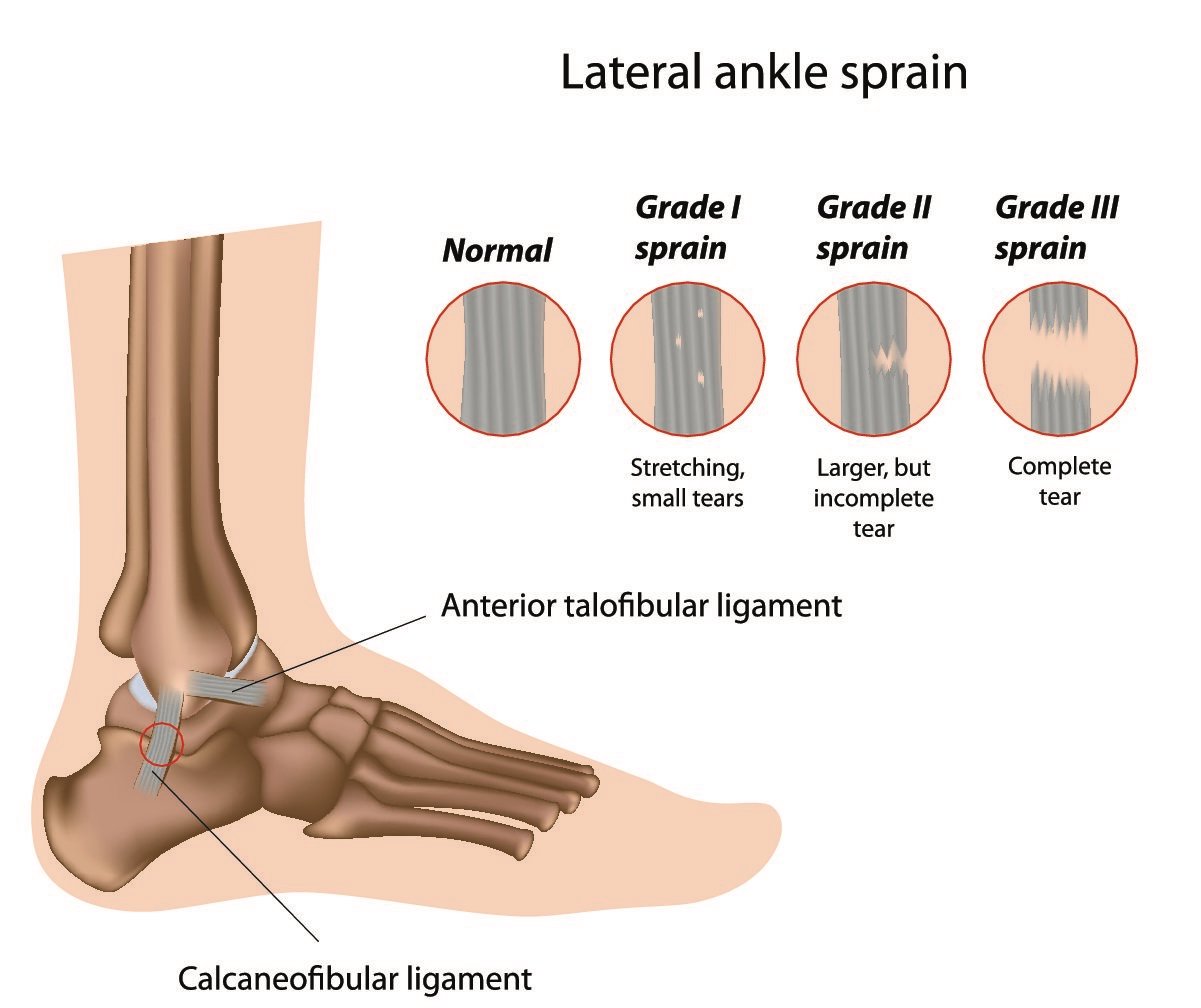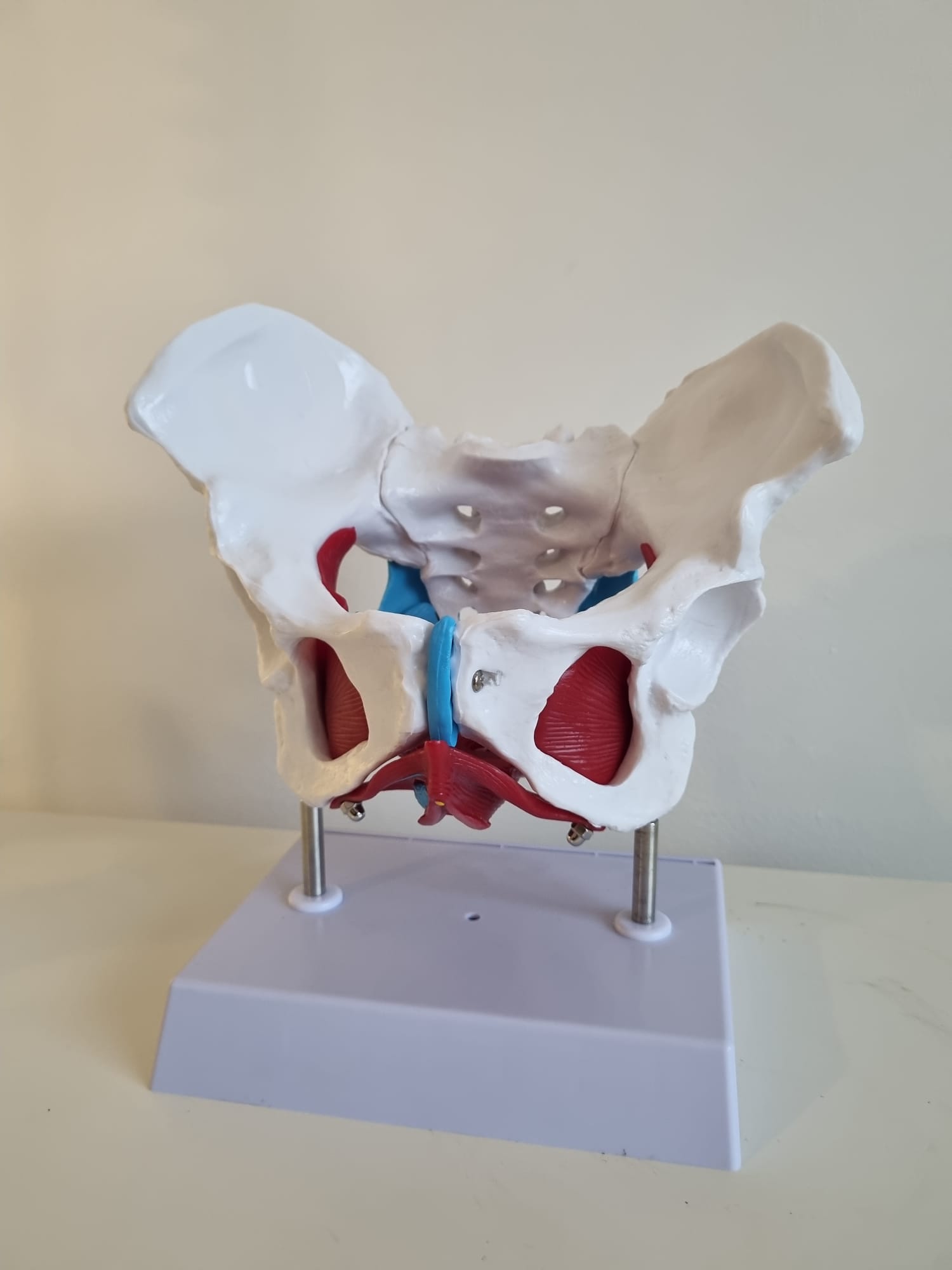
Ankle Sprain
With the winter sport season approaching, a common injury that can occur is the Ankle Sprain. Ankle sprains are also known as an inversion sprain, rolled ankle or twisting the ankle.
Ankle Sprain – What is it?
It is an “over-stretching” of ligaments, most commonly the ligaments on the lateral side of the ankle (the outside aspect of your ankle). Spraining the ligaments can result in localised tenderness, swelling and bruising. The degree of symptoms will depend on the severity of the sprain. Sprains can range from Grade 1, moderate pain and swelling, to Grade 3, severe pain, swelling and bruising caused by a complete tear of the ligament. The pain and swelling can last a few weeks after the injury has occurred. You may also feel pain in the ankle joint itself, known as the talo-crural joint. The joint may feel “tight” or restricted and additionally the muscles on the lateral aspect of the shin and calf may become tight.
What causes it?
Ankle sprains usually occur on an uneven or unstable surface. Examples include a change of direction, landing on someone’s foot, or changing levels (walking off a step) onto an uneven surface. The ankle goes into an inversion position (inwards) and an audible popping noise or a cracking sound may occur with instant pain when weight bearing/walking. Inappropriate footwear may contribute to the likelihood of an ankle sprain occurring.
What should you do?
Initially, you should follow the acute injury protocol RICE – Rest, Ice, Compression, Elevation. A proper history and assessment is required to confirm the diagnosis and determine the most appropriate treatment for the severity of the injury. Manual treatment and rehabilitation exercises can assist in relieving pain, restoring function and decreasing the likelihood of reoccurrence.
Do you have Ankle pain or a history of reoccurring Ankle Sprains?
Contact the clinic today to make an appointment with an Osteopath or Remedial Massage Therapist for an assessment.





